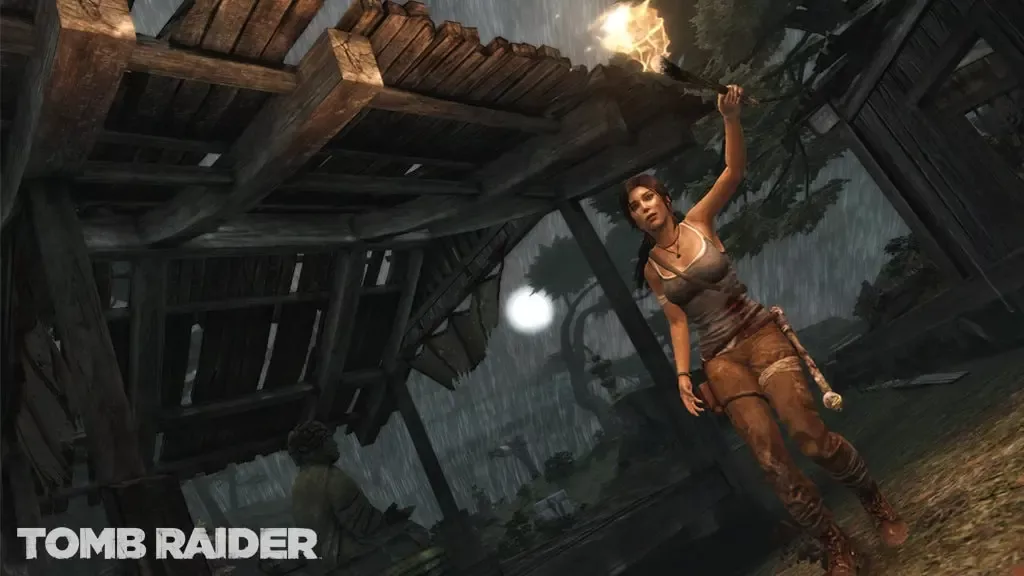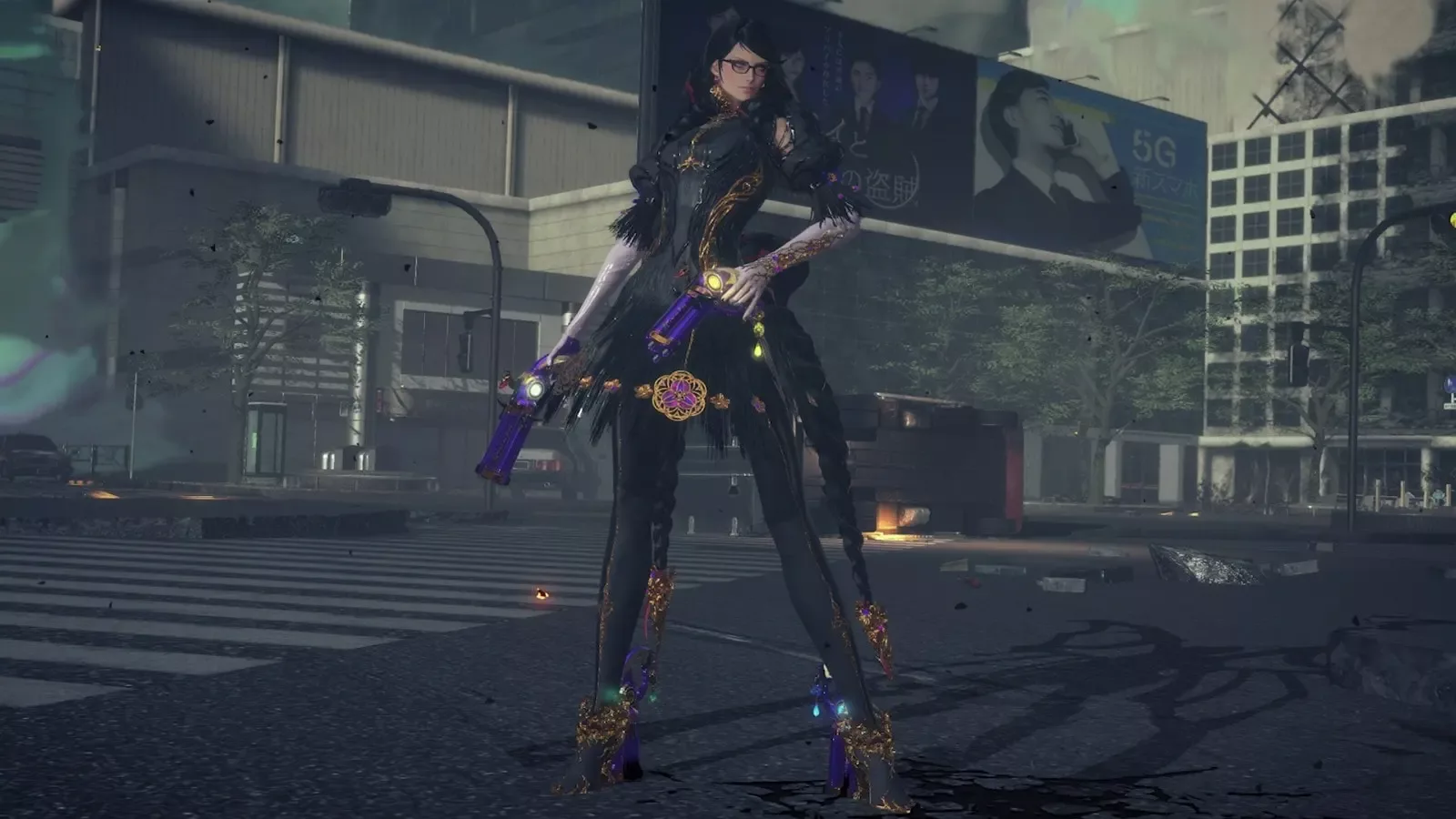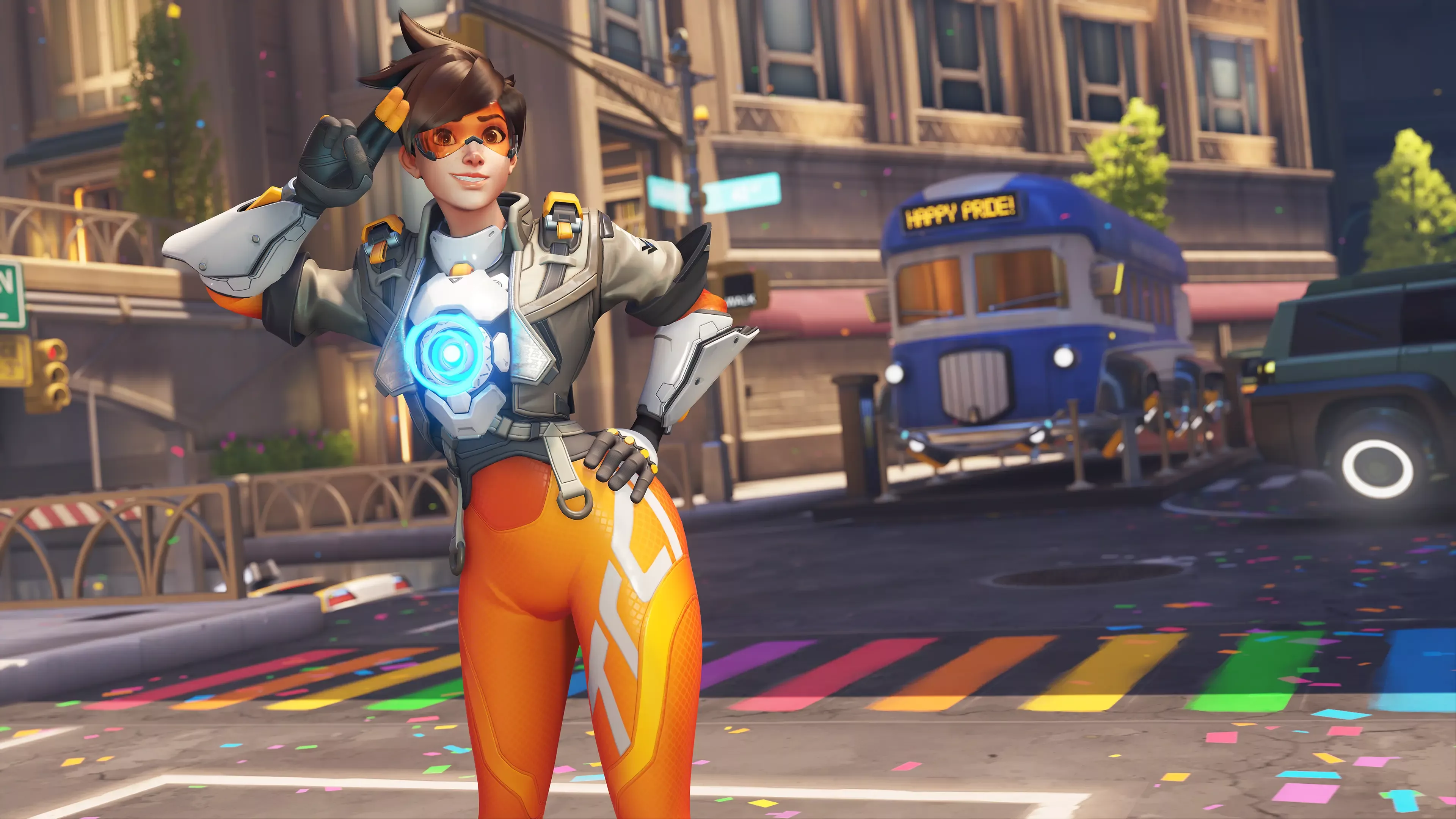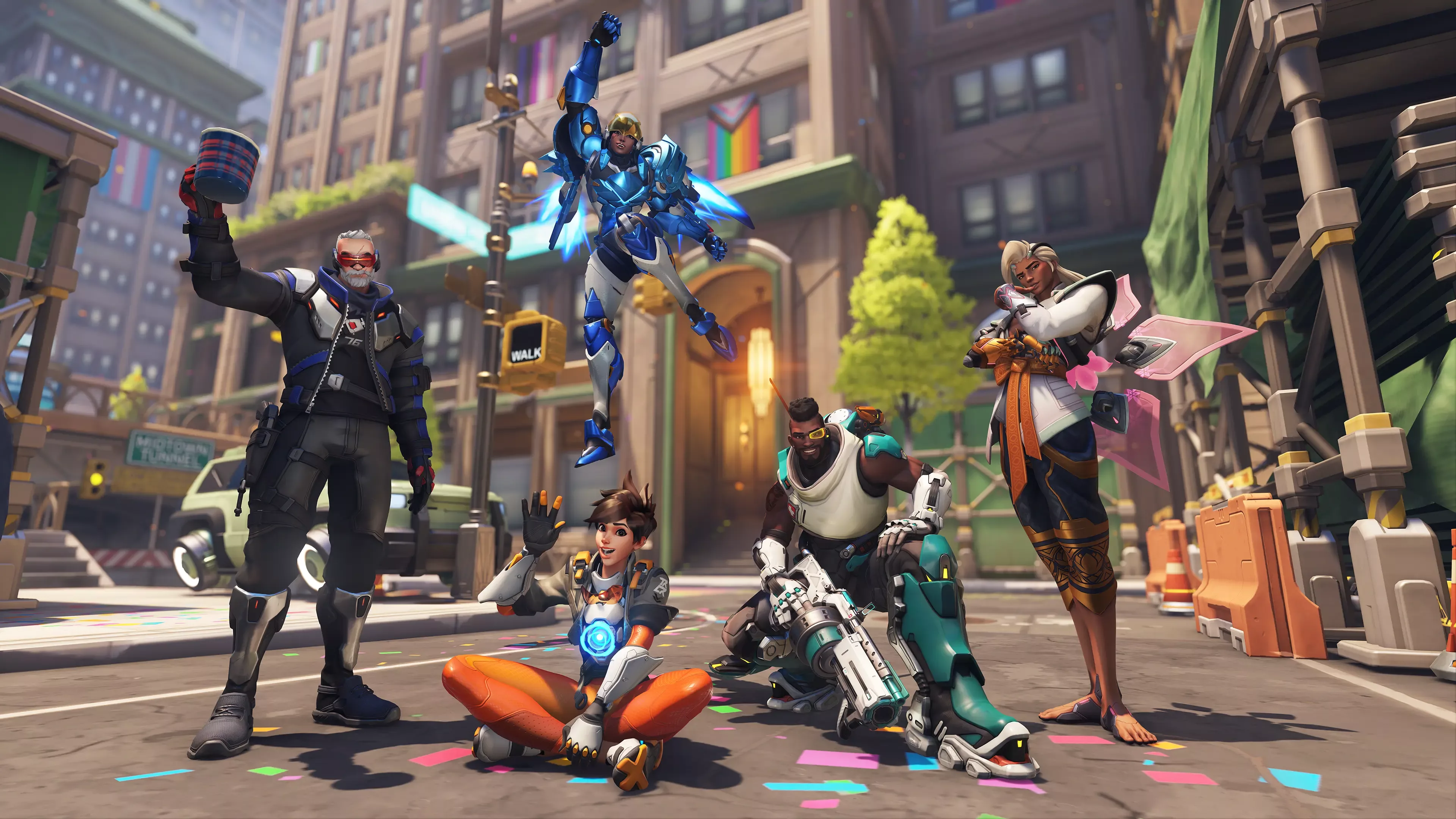“But why can’t I play too?!”
A lot of people always seem to look at me strangely when they say I’m a gamer. I think this because I fit a very common gay stereotype: a voice like Kathleen Turner, a catalogue of original Britney Spears CD singles, and an extremely deep yet ultimately useless knowledge of Drag Race trivia. The idea that yassification* can’t also include love of gaming whilst incomprehensible to some non-’gaymers’, is a no brainer to me because gaming has played a huge part in shaping the acceptance and expression of my sexuality ever since I was a little femme-boy.
When I first started playing video games in the early 2000s, it was a space that arguably could be seen as utterly devoid of feminine energy - with Halo, Tony Hawk and Grand Theft Auto being the staples of every console gamers’ collection, and each having straight-presenting males at their core. Meanwhile the girls, gays and theys were happily murdering our beautifully femme Sims by taking out the pool ladder, because we may be femme, but we’re all young sadists as well (apparently).
What I want to make clear is that queer representation or familiarity doesn’t have to be boys necking off with each other in video games, which I feel a lot of people seem to assume it is. It is actually something more nuanced and universal - it's about relating to a character, or finding something about them that you want to emulate. For someone like me, who feels an ineffable connection to the feminine in everything I do, this validation and familiarity comes from wherever feminine energy can be found - and that includes some games that were seminal for the sector, and formative for me.
(*Yassification is where one makes something fierce, queer and all that stuff)

Changing the game. One Tomb Raider at a time
Tomb Raider comes to the forefront when thinking about key female video game protagonists. Originally pitched as a male character, Lara Croft became an international cultural icon and sex symbol of the late 90s and early 2000s. Never before had a female video game character become so commercialised, but in the same vein, so overly sexualised. This sexualisation continued into the 2006 reboot of the games, but the 2013 Square Enix version of the character drastically changed the character to keep the essence of her backstory, but give Lara a lot of grit compared to her pin-up predecessors. Arguably you can track the changing mindset of gamers and a maturing sector with the evolution and reimagining of Lara Croft.
For a queer audience, Lara opened the door to something that hadn’t happened before - a celebration of the feminine in video games. Though not queer directly, to me there are two clear narratives that arose from this. One was the comfort of female empowerment being celebrated in a male-centred, heteronormative space - whether that celebration is steeped in the objectification of women or not. Secondly, it sparked hope that the video game world was capable of liberal change, and that maybe one day we’d see a change in how queer characters appear in video games, and therefore, in wider society.
We see this mirrored in other titles of the time - where female characters are created, celebrated and championed, but their aesthetic and presentation are sexualised.
Some of my personal favourite queens are Hitomi from Dead or Alive 3, who my brothers still remind me of how I would repeat her *beat ‘em noises* over and over again whilst running around the garden, Elise Riggs from SSX Tricky, voiced by Lucy Liu, who spent the majority of the game sassing off her riva Marisol with quips such as - “Sorry I’m busy right now, can I ignore you some other time?” and “Be careful on the way down, chicken legs”. The sass.

New Spin-off idea: Drag Race Bayonetta
The traditional set-up of videogames characters designed to fit into the distinctly effeminate and masculine did however provide a basis for development and evolution that we can see in modern gaming.
A key example is the character of Bayonetta from the Bayonetta series (2009, 2014 and 2022). Bayonetta can be described as a digitised drag persona in a world in which the player can have total creative control: she’s a 7ft witch, with a bodysuit made of her own hair, she travels back in time to face her childhood trauma, travels to hell to save her female lover (also a witch), and summons demons to help beat up seemingly godly angels who in reality have a controlling and sinister purpose. I mean… just queer undertone coincidence?
Fast forward to today - and this assumed queer representation is now supported by genuinely diverse characters featuring in games. Other key games that feature diversity at the heart of their narratives are Activision Blizzard’s Overwatch and CD Projekt Red’s Cyberpunk 2077.
Within the written lore of Overwatch we have:
Symmetra - a queer gaming icon who is autistic and POC
Pharah - a mixed race lesbian woman of both Egyptian and native American heritage
Tracer - openly lesbian lead character
Out of the current 37 characters (as of 1st June 2023), 18 characters are female/female presenting, 8 are from Asian countries, 4 are from Africa, 5 are openly queer, many are POC. The overall narrative of Overwatch is around the division of humans and omnics, paralleling the all too familiar narrative of animosity in the current world, so to have a narrative running through around different people from different backgrounds coming together feels cathartic and powerful.
In a similar vein, Cyberpunk 2077 offered players to choose a narrative all their own, sexual preference, gender identity, body and race included. Your character set-up then affects how other game characters interact with you as you play, it will change your romance options based on other characters sexual preferences, and provides an alternative narrative around character creation, compared to the traditional binary options that we grew up with.

“What are ya, some kind of poofta mate?”
So - have we made enough progress in terms of queer representation in gaming, and what impact has this made on in gaming communities general acceptance of a more diverse player base, and inclusion and belonging within those communities?
In my opinion I think there has been significant progress in terms of queer representation in gaming, and diverse representation in gaming in general. However, as we’ve established, this started from a very traditional heteronormative and binary place and the sector can always strive to do better, right?
For many people, the visibility of more diverse characters in gaming is the end of the problem. You’ve got a queer character, what more do you want eh? Sadly this doesn’t seem to translate to acceptance of actual queer people, and there are all-too many cases of online abuse and intolerance targeted at those online who are open about their diverse identity. If we take Overwatch streamers like Hoshizora or Cuppcaake for example, who are both visibly femme, we see consistent examples of them being targeted with offensive language mid-stream, with an anti-trans/anti-queer rhetoric.
In other online communities - take League of Legends or COD for example - it is all-too common to hear homophobic language and slurs via the mic, in the chat and in comments on videos. Even though people can be reported for these sorts of things it never feels that there is tangible follow-up or even acknowledgement of this behaviour. To monitor every stream on every platform for every game is a colossal task for any community management team - but the result is a seed of worry growing inside every queer gamer when they turn on the mic - something that a heteronormative gamer might never experience or understand. It’s so easy to anonymise the hatred online.
Okay yeah, but what else then?
Things are definitely better than they were. If we look at how Lara has changed over the years, she’s gone from a one-dimensional cone breasted gun gal to a fully realised character with motivations, relationships and emotions embedded in the real world. However, that doesn’t mean that we’ve reached the optimum, and there is still a long way to go.
I believe the key to this next step is authentically incorporating the real world struggles of minority groups into the lives of the characters of video games. If we are able to build stories of queer people into video games, as we do with straight people in so many video games, this will be a springboard to education, and education will lead to wider acceptance.
All we can hope is that the trajectory of change keeps growing, and keeps improving the lives of queer people. One angel smashing, quadruple pistol wielding leading female game protagonist at a time.




